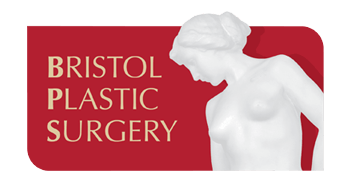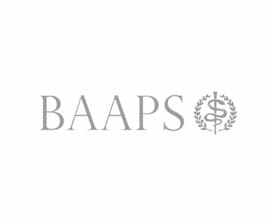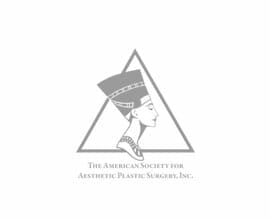Upper lid (blepharoplasty)
What is an Upper Lid Blepharoplasty?
Upper Lid Blepharoplasty is a form of surgery which repairs droopy eyelids and can involve the removal of excess skin, muscle and fat. As you get older, your eyelids continue to stretch and the surrounding muscles which support them start to weaken. This can lead to a gathering of excess fat around the eyelids, causing drooping in the upper lids and laxity in the eyebrows.
This sagging skin around the eyes can make you look older, whilst also potentially reducing your peripheral vision.
An Upper Lid Blepharoplasty aims to reduce or eliminate altogether these issues, giving you a rejuvenated, younger appearance, as well as clearer vision.
Am I the right candidate for an Upper Lid Blepharoplasty?
An Upper Lid Blepharoplasty is best suited to anyone who has noticed excess tissue around the upper eyelid area which is either affecting your vision or your self-esteem. If you have noticed that your peripheral vision is starting to suffer or are worried about the affects of ageing on your face then an Upper Lid Blepharoplasty could be the procedure for you.
How does an Upper Lid Blepharoplasty work?
Skin and excess fat are removed from the upper lids. The resulting scars are placed within the skin creases and usually fade well over subsequent weeks and months. The tightening of the skin does not obliterate all the lines in the area. The operation can be done under a local anaesthetic and you can leave to recuperate at home on the same day
Why choose Bristol Plastic Surgery?
Situated in the beautiful Georgian buildings of the prestigious Queen’s Square, Bristol Plastic Surgery is a partnership of consultant aesthetic plastic surgeons of international standing. With our state-of-the-art clinical facilities, we provide the full choice of cosmetic surgery procedures as well as a rapid access clinic for the diagnosis and treatment or skin cancer, minor benign moles and other simple skin growths. Bristol Plastic Surgery surgeons also have extensive experience in reconstructive plastic surgery.
We have the highest aesthetic standards and aim for a pleasing, safe and complication-free outcome from our Upper Lid Blepharoplasty procedure. A consultation with an empathetic surgeon will provide important personal counselling. Please use the following information in conjunction with that advice.
How much does an Upper Lid Blepharoplasty cost?
Bilateral upper blepharoplasties under local anaesthetic as an outpatient = £2555.00









